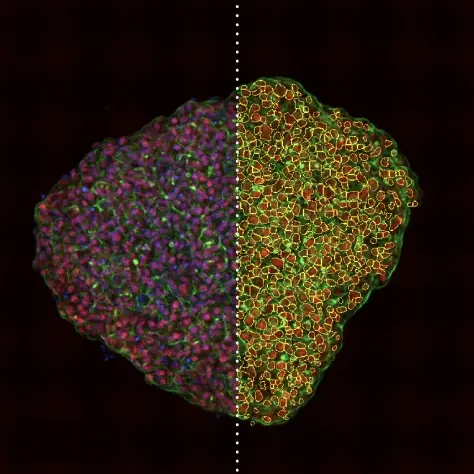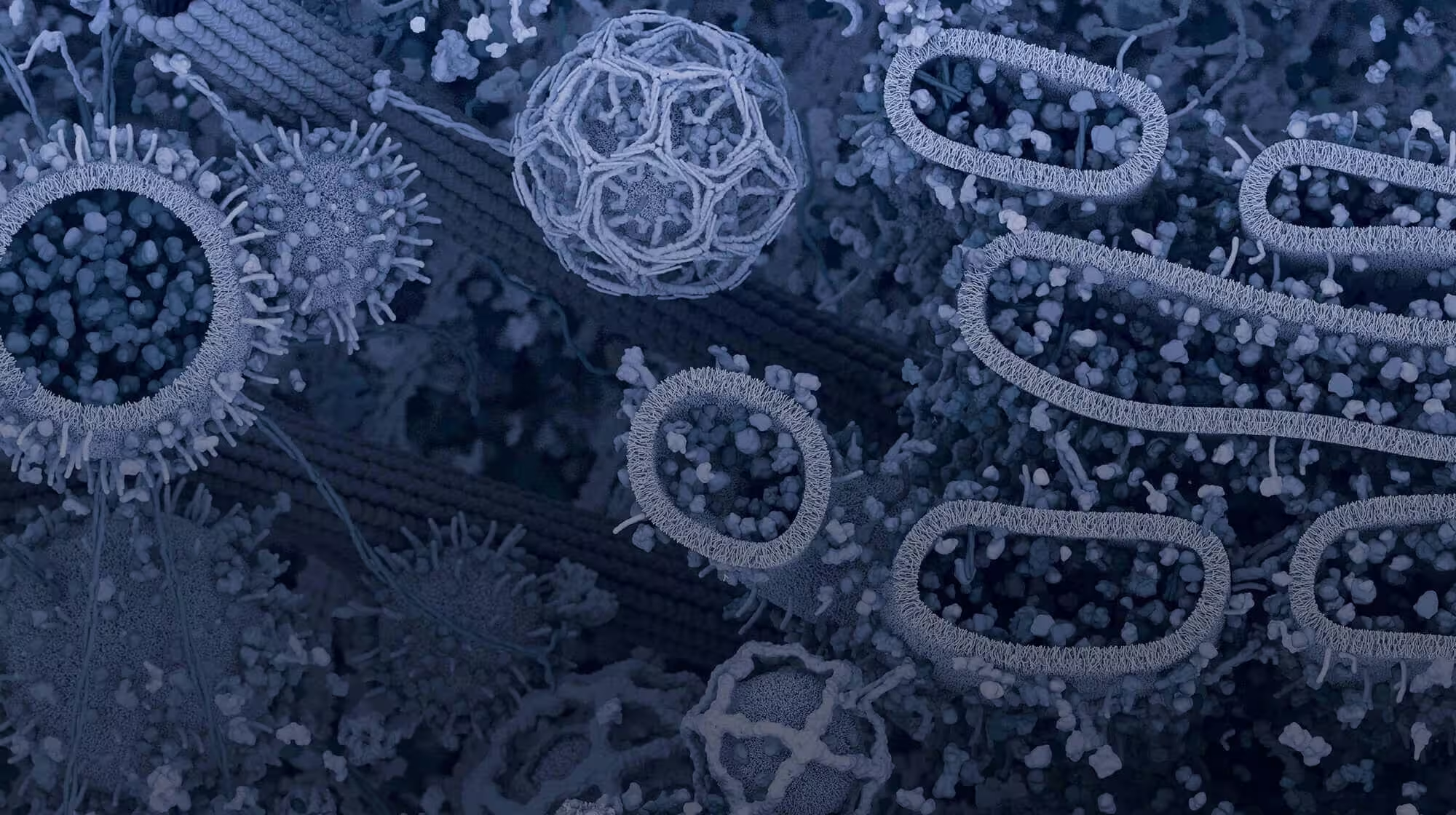As we touched on in a previous blog post, the innate immune system is an important part of our body's immune defenses, and it provides us with a general protective response against microbial invaders and foreign proteins. This innate immune system is evolutionarily older than our adaptive immune system, with similar conserved defense mechanisms found in plants, animals, and insects. Unlike the adaptive immune system, the innate system does not target specific pathogens.
How the Innate Immune System Responds to Infection
Our innate immune system is almost fully developed when we are born, unlike the adaptive immune system, which develops later and grows with us as we age and encounter new infections over time.

Both the innate immune system and adaptive immune system are an important part of immunology research.
It uses physical barriers such as our skin, mucus, hair, and other epithelial surfaces, including those in the gut, to act as the first line of defense. Even a cough or a sneeze is a helpful reaction to expel potentially harmful bacteria, reactions that are triggered by a tickle of one’s nose hairs or irritation of the cilia lining the trachea. However, if a pathogen gets past the epithelial barriers, other components of the innate immune system are ready to respond.
Once a pathogen enters the bloodstream, it can be detected without the presence of a single immune cell via a mechanism called the Complement System. This system works with both the innate and adaptive immune responses to recruit immune cells to the site of infection. The Complement System consists of several types of inert proteins that are made by the liver and circulate freely within the bloodstream. When they encounter a pathogen such as a bacterium or a parasite, they bind to its surface to mark it as a foreign threat. This triggers a cascade of related proteins and enzymes, which become activated. This not only continues to mark the pathogen, but may also form pores (membrane attack complexes) to lyse the bacteria or, alternatively, coat them in proteins to make them more enticing for immune phagocytes to engulf. This process of coating a pathogen in complement proteins is called opsonization.
Many of the cells actively involved in the innate immune response are phagocytes that patrol the blood and tissue searching for threatening invaders. Once a pathogen is found, they use germline-encoded pattern recognition receptors (PRRs) on their cell membrane to distinguish the invaders as foreign molecules. These PRRs are often directed against cell surface and cell wall components of microorganisms, but bacterial DNA that contains unmethylated CpG motifs can also induce an innate immune response. Once activated, these cells initiate a cascade that leads to a rapid immune response—usually within minutes to hours.
One of the first steps that certain immune cells take at the site of an infection is to secrete cytokines into the extracellular fluid. These cytokines, such as interleukins (IL) or tumor necrosis factors (TNFs), are chemicals that attract fellow white blood cells to the site of an infiltration. Responding immune cells can also release other chemicals that initiate an inflammatory response. These signals lead to vasodilation, which allows more blood to flow through the affected area and boosts the recruitment of immune cells to aid in the clearing of pathogens.
Cells of the Innate Immune System
There are a wide variety of white blood cells, or leukocytes, that are constantly patrolling the body, ready to respond to an infection. Some leukocytes are part of the adaptive immune system, but many are active in the innate immune system. What are these cells and where do they come from?
During hematopoiesis, or the development of blood cells, the common myeloid progenitor (CMP) cells in bone marrow give rise to the myeloid lineage, which includes most of the component cells of the innate immune response.
CMP cells are a precursor to monocytes, which eventually differentiate into macrophages and dendritic cells, and also cells of the granulocyte lineage. Granulocytes are categorized as such because they have visible granules within their cytoplasm, and they include mast cells, neutrophils, eosinophils, and basophils. The majority of the phagocytic cells that patrol our body hunting for pathogens stem from a common lineage, the CMP cells. However, another key player in the innate immune response, cytotoxic natural killer (NK) cells, are derived from common lymphocyte progenitor (CLP) cells instead.

Read the blog, Immunology: What are myeloid cells and how are they identified? to explore key myeloid cell markers, as well as relevant CST products.
All of these different types of cells have their own specialized niche in the innate immune response. Some are antigen-presenting cells (APCs), such as macrophages and dendritic cells, which present an identifying molecule from a pathogen on their surface to T cells to activate the adaptive immune response. Some of these leukocytes are only found in tissues and mucous membranes, such as mast cells, but others circulate in the blood until they are needed to migrate to tissues. Neutrophils tend to be the first-responding cells and are experts at attacking and inhibiting bacteria and fungi, whereas basophils are less prevalent and specialize in defending against parasites. Natural killer cells respond quickly to infection and efficiently kill cells that are virally infected. They are also unique in their intrinsic ability to detect and kill cancerous cells.
When these cells of the innate immune system are not able to swiftly handle an invasion by a pathogen, then the adaptive immune system gets activated to take a swing at neutralizing the threat.
In our next installment of the Immunology blog series, we will learn more about the adaptive immune system and how T cells and B cells take action.
Additional Resources:
Read the three-part immunology blog series, where I share more detailed information about both the innate and adaptive immune system and the cells involved:
Select References:
- Immunity: The Immune Response in Infectious and Inflammatory Disease. By Anthony L. DeFranco, Richard M. Locksley, Miranda Robertson
- https://opentextbc.ca/biology/chapter/23-1-innate-immune-response/
- Innate and Adaptive Immune Memory: an Evolutionary Continuum in the Host’s Response to Pathogens
- Mihai G. Netea, Andreas Schlitzer, Katarzyna Placek, Leo A.B. Joosten, and Joachim L. Schultze
- Immunobiology: The Immune System in Health and Disease. 5th edition. Janeway CA Jr, Travers P, Walport M, et al. New York: Garland Science; 2001.





/42157_chimeric%20antibody%20blog%20featured3.webp)

